👋🏽
Hi, I'm Clara

I love to listen deeply to people's stories,
see where they are coming from,
immerse myself in their world,
understand their motivations,
and find a way to empower them.
I am a UX Researcher and Anthropologist with a 15 year career in research.
Today, I work at the California Office of Digital Innovation in Sacramento where I lead research for covid19.ca.gov 😷, improving procurement for small businesses 💵, design systems ⚒️, and cannabis.ca.gov 🌿.
Previously, in 2017 I completed the JSK Journalism Fellowship at Stanford researching how to make podcasts more valuable for English language learners. In 2018 and 2019 I consulted with National Geographic to launch three innovation programs to 1) improve the YourShot online photography community 📸, 2) better serve readers of NatGeo Travel & Science content 🗺️ 🔬, and 3) support photography learners on their journey to mastery 🤓.
Please scroll down to learn about myself and my work.
Organizations I have been privileged to work with



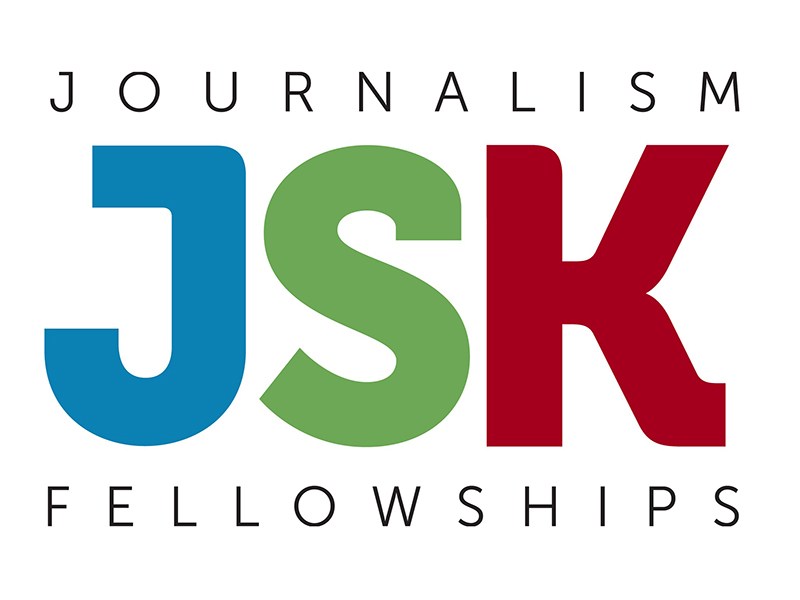


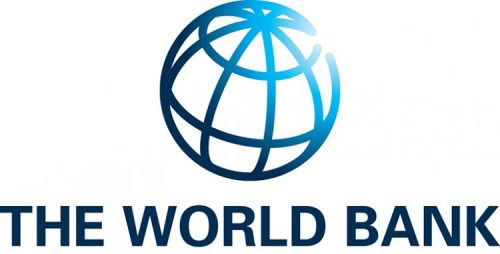
A brief career history
I grew up in Mar del Plata, a beach city on the coast of Argentina. Mar del Plata is a small city with a population of 500,000, but explodes to host about 7 million people on vacation every summer.
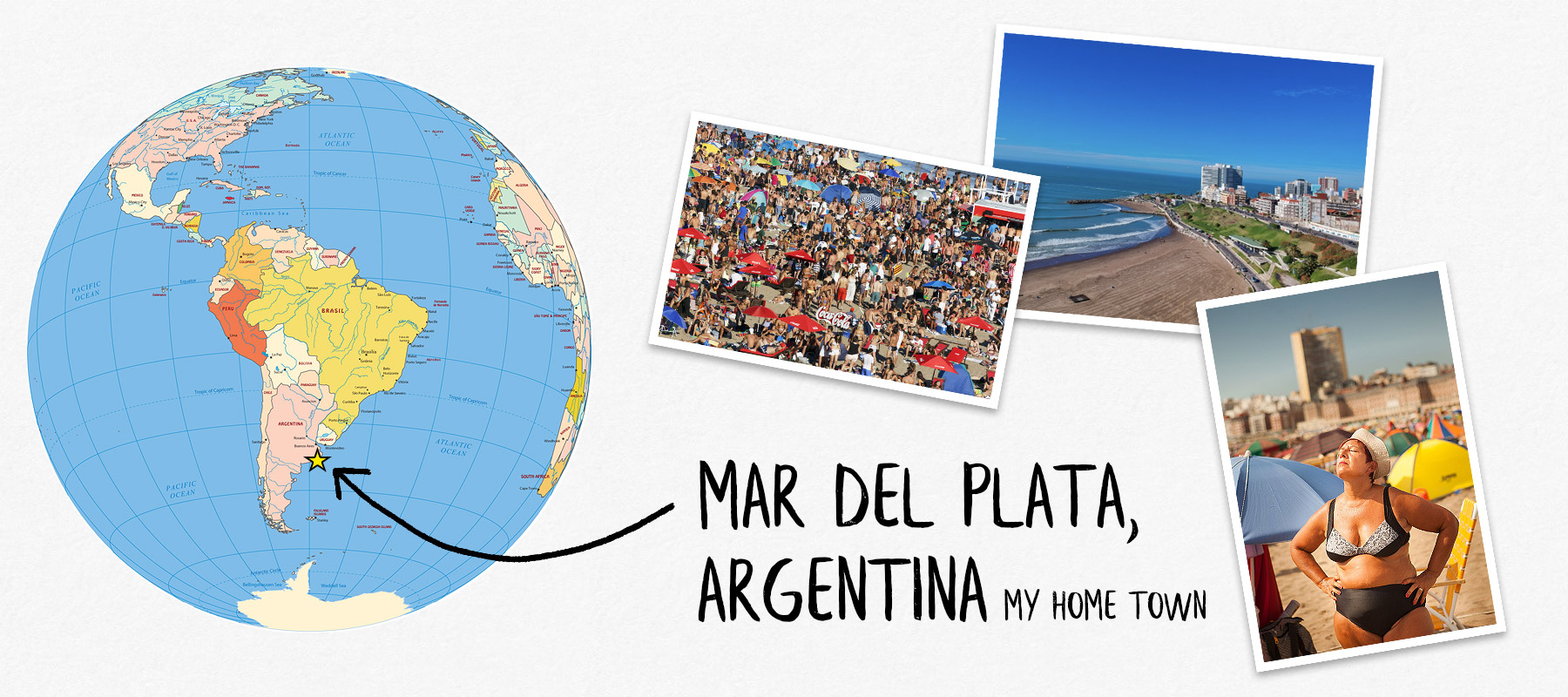
From a young age I loved observing people — always curious about their behavior and internal worlds. I loved to read National Geographic and learn about the diversity of human cultures around the world. As soon as I finished high school I moved to the big city of Buenos Aires to study Anthropology.
At the University of Buenos Aires I was introduced to the world of ethnographic research. The academic rigor of a world-class university expanded my horizons and gave me an education in the foundations of anthropological field work, and behavioral research practices I have used now for over 15 years.
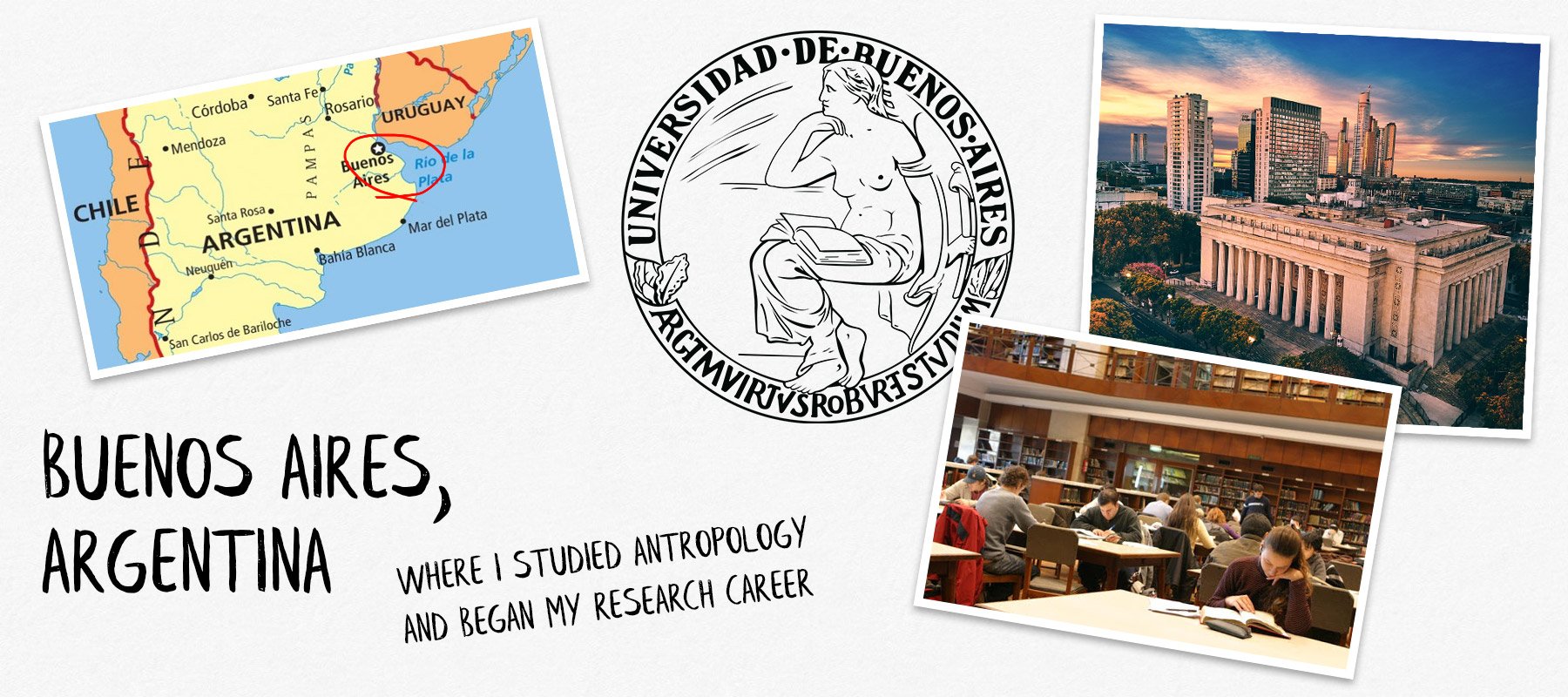
After graduation, I was recruited to begin my professional career at one of the world’s largest companies, Unilever. I joined a consumer research and insights team working on the South American Haircare product marketing. Simply put, we were tasked with finding out how to get the Unilever shampoo on more customer’s heads by understanding what was going on inside their head.
At the time of joining Unilever, I did not have a firm grasp of what consumer research and professional ethnographic research involved, however I was happy to have the opportunity to learn from an excellent team.

My ethnographic training guided me to become intimate with our customers and their needs. To travel through their lives, to see the world from their perspective, to share their pains and pleasures as a careful observer. As time went on I became more aware of just far we were from approaching this ideal.
My colleagues were also aware of this troubling reality. In frustration they would recount the desire to conduct a greater quantity of research. “If only we had more time and budget,” they would say. I agreed at first however after some time I realized that something was missing from their critique.
Larger research budgets were granted, yet we still did not reach our goals. I concluded that the cause was our failure to aim at the real problems our customers were facing.
During this time I also became aware of the power of habits. My peers and I were working to influence the daily behaviors of millions of people, flying between the cities of Latin America, working with interesting people on big important projects. This was an exciting position for myself, a young woman and recent graduate of university. It was also a bit intoxicating to be in this position of privilege. I believe that positions of privilege come with the responsibility to behave with high standards. This is as true for researchers as it is for anyone. This responsibility ultimately led me to leave the company to seek a deeper meaning in my work. Selling shampoo is an ok business, but I was ready to take on more.
Since that time I have sought to work with organizations that have missions and goals of the highest standards. I am attracted to organizations that empower people and programs that enact leadership, and when the opportunity presents itself to contribute, I take it.
One example is “Guia Egreso”, a project I led for the World Bank in Argentina. My team and I initiated the project in 2011 with the aim of empowering youth in foster care during their transition out of the foster program and into independent adulthood.
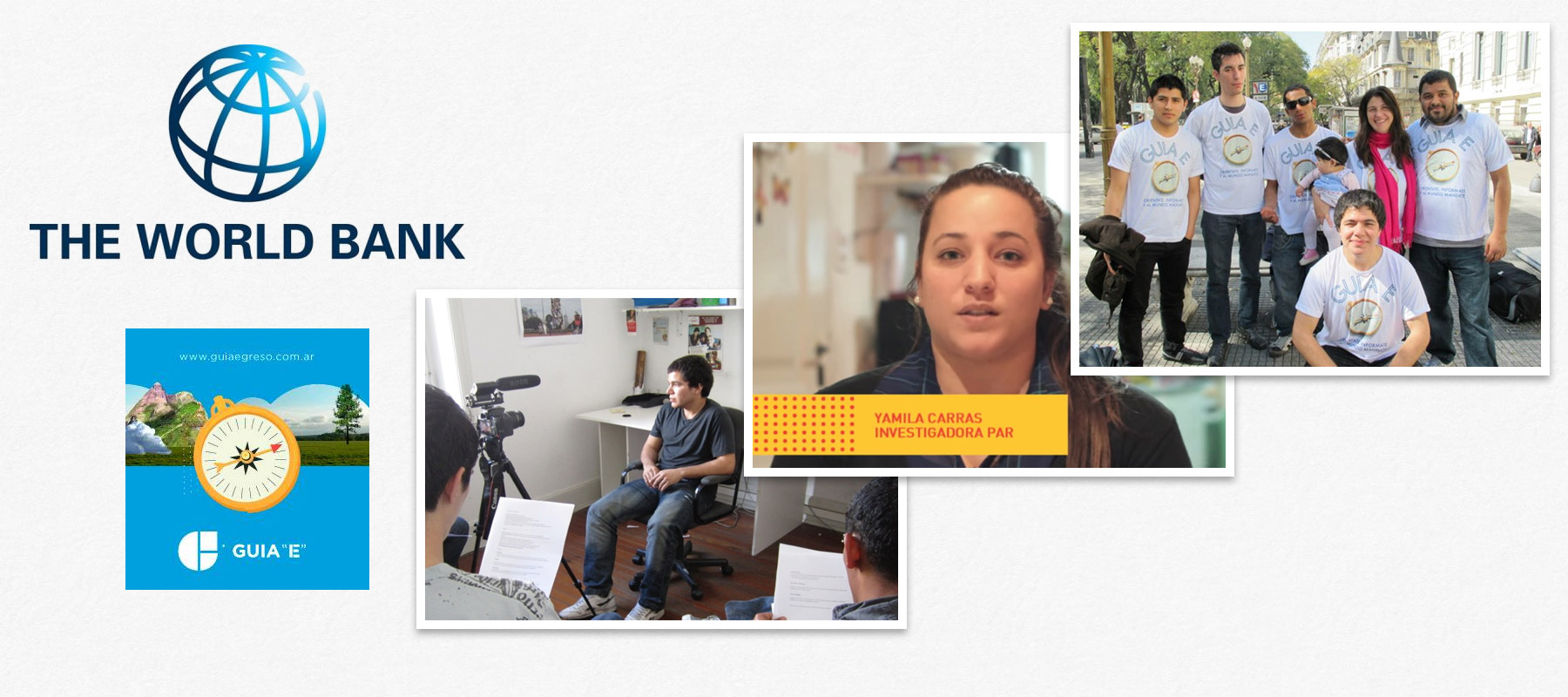
We started with in-depth interviews of adults who had already made the transition as well as foster youth approaching adulthood. Their dramatic stories moved me to tears. They also became our most valuable source of knowledge.
Our team led group workshops to facilitate the translation of the stories into systematized knowledge. We formed an expanded team with the participants, and through creative working sessions we developed a strategy to share the knowledge with others leaving foster care. Together we launched a website at GuiaEgreso.com.ar to distribute the co-produced resources.

I consider this project a major success in my career because it has generated value beyond itself that continues to grow. The team of participants developed deep social connections among themselves, and to this day they continue to work together to expand on the materials, update the website and provide mutual support among the growing network of foster youth.
In 2013 I moved with my partner Eric to Oakland, California. Almost immediately after arriving I got connected to Code for America. I began attending events at the San Francisco Code for America office and participating in their programs, eventually applying to join the fellowship. I was happy to be invited to join Code for America as a fellow for the Puerto Rico team in 2014.
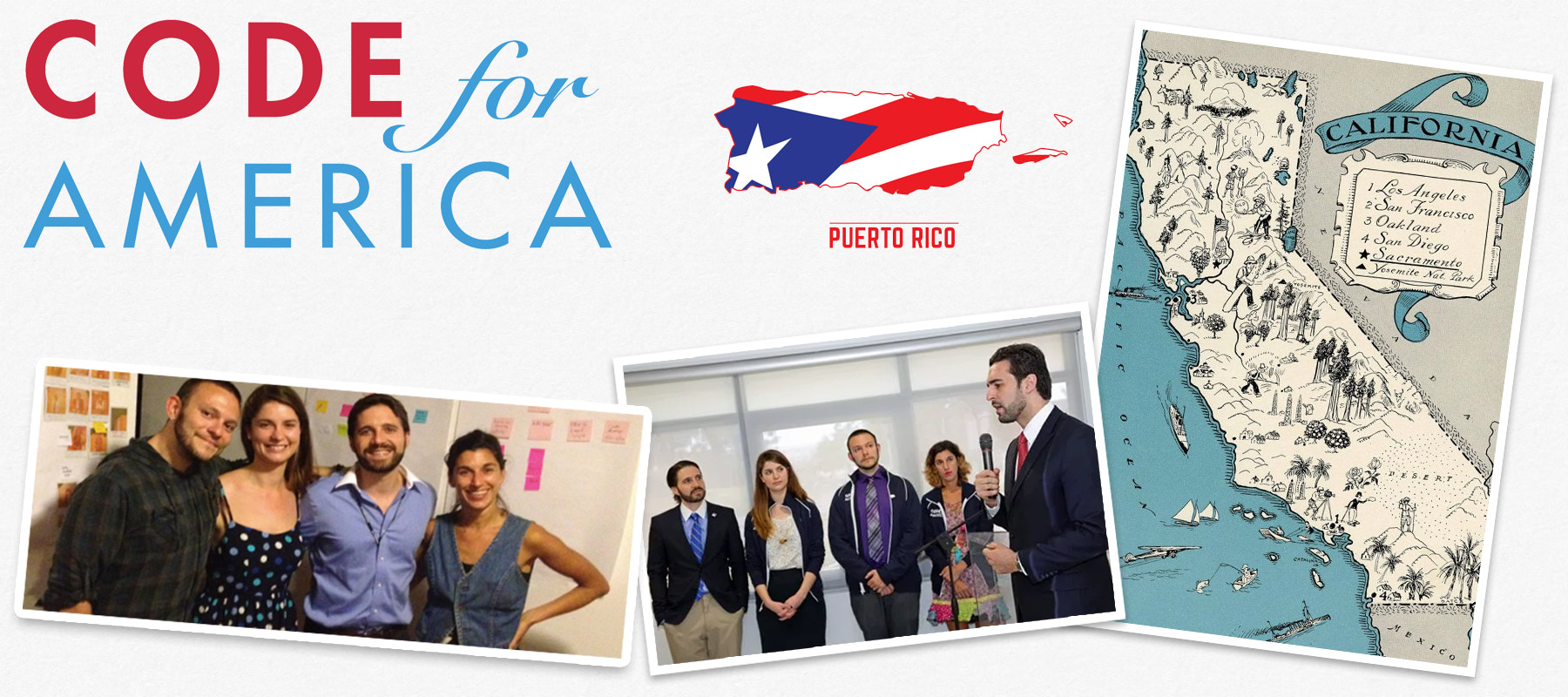
Our team was given the privilege and challenge of working with Code for America’s first partner territory: Puerto Rico. I was elated to be selected as a fellow, however I started feeling timid when I was informed that our city partners had chosen Economic Development as our challenge. What could our tiny three person team do in the face of such a large challenge?
My role as user experience researcher was to lead the team to discover and define a strategic pressure point on which to focus. I enlisted each member of the team to contribute to the research. I helped guide the team to ask better questions during each research interview, followed by synthesis activities.
Our priority throughout the process was to value each other's strengths and ensure that we continued learning. This proved to be highly effective.
We discovered that over 50 incentives were available to small businesses in Puerto Rico, however they were going to waste because business owners and managers didn’t know what was available or how to apply. To address this problem we launched PrimerPeso.org, a web application that empowers Puerto Rican businesses to discover and apply for incentives.
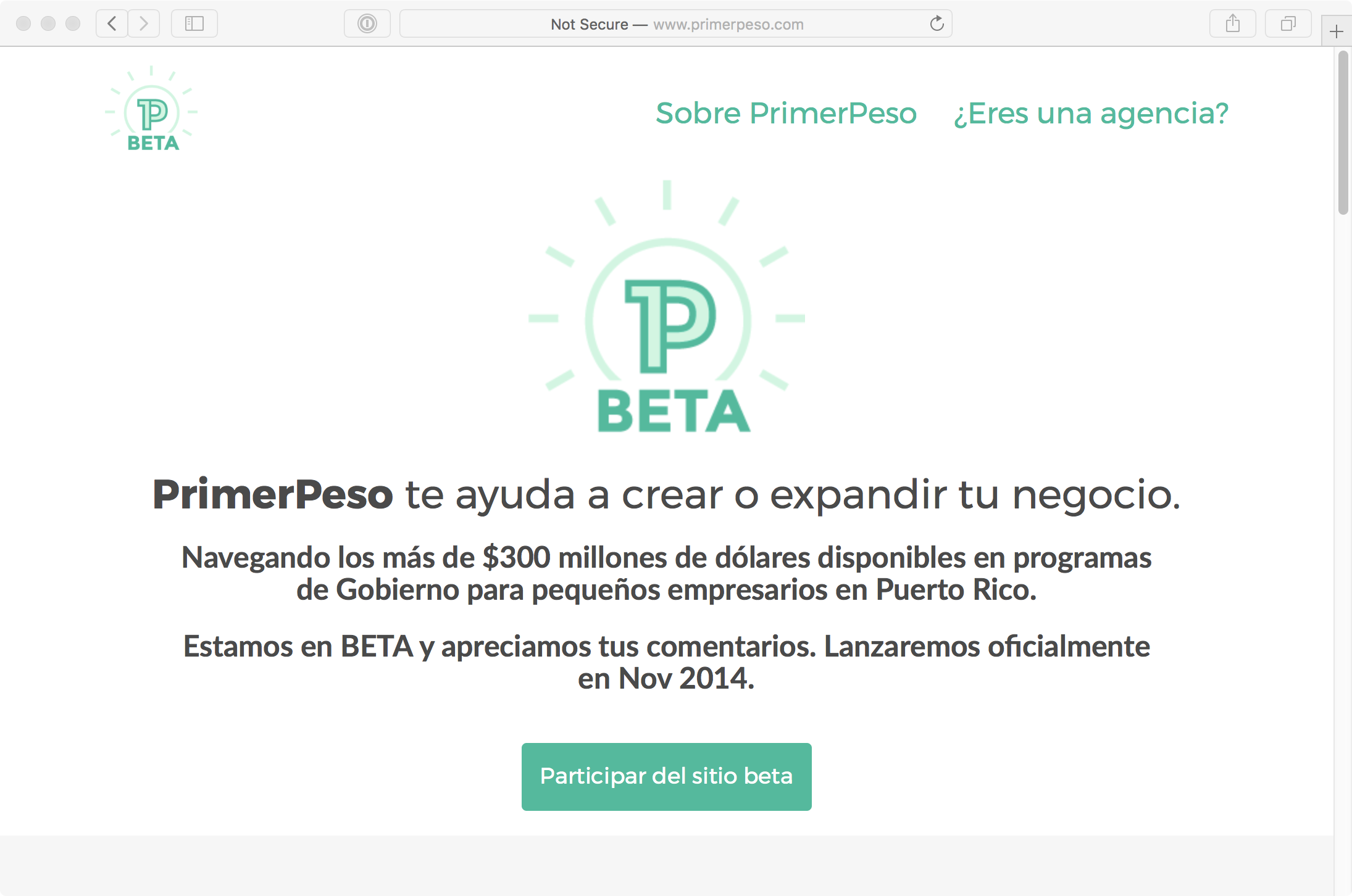
My next opportunity to contribute came when I was invited to join the Radio Ambulante podcast team in 2015.
The first step we took together was to investigate the identities of our audience. We discovered that despite the podcast being narrated in Spanish, half of our listeners are Spanish language learners (non-native speakers) living in the United States. A significant portion are supplementing their Spanish class studies with Radio Ambulante episodes. We also discovered that many educators are integrating our podcast episodes into their lessons. With this in mind we chose to address this educational audience directly with extra resources targeting educators and students.
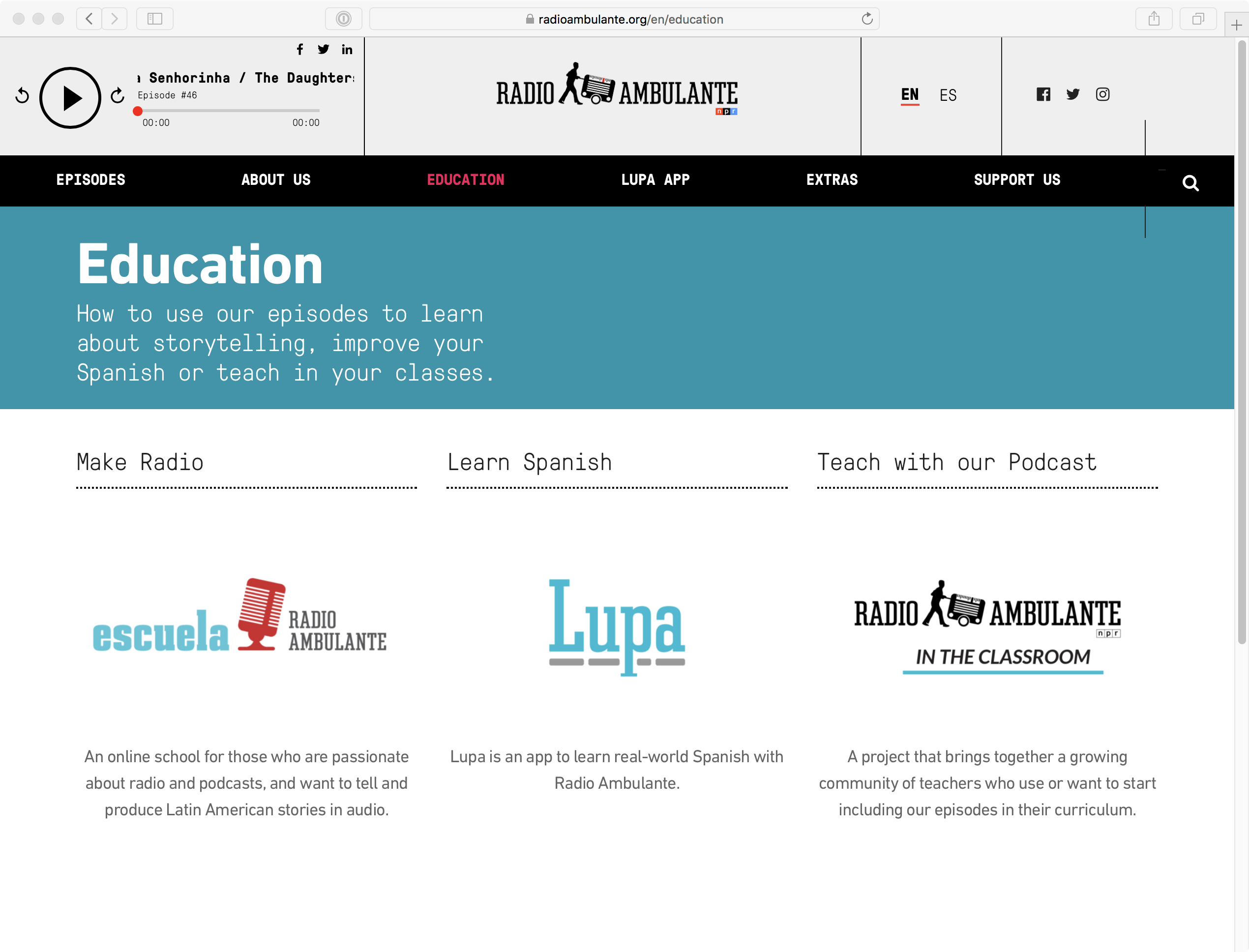
We added educational content to RadioAmbulante.org to help people use the podcast content to learn the Spanish language.
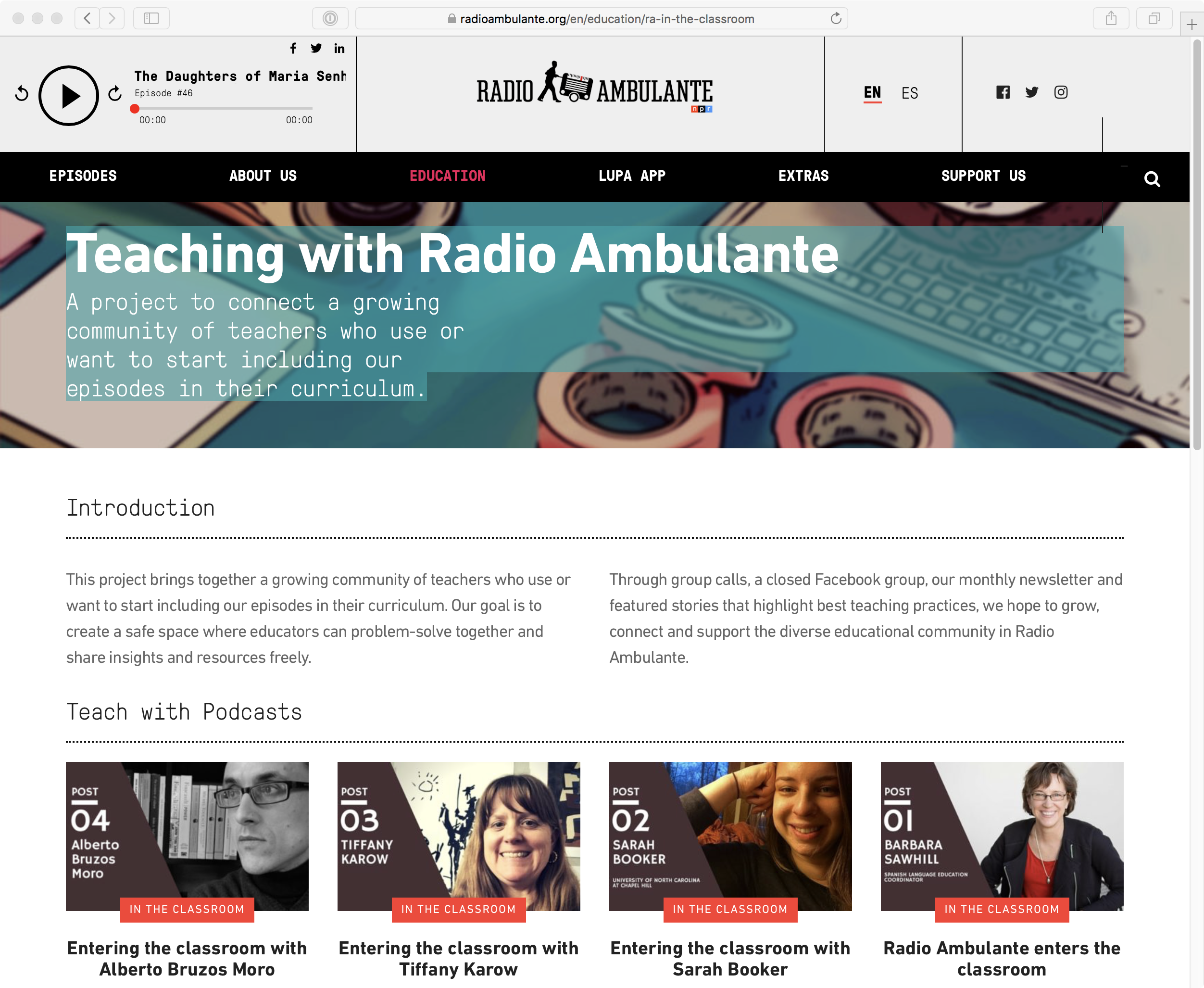
We also added content to RadioAmbulante.org specifically for teachers using the podcast in their classrooms.
I enjoy new challenges that move me out of my comfort zone, forward in my career, and provide me with the opportunity to contribute to society. So when the opportunity came up to take my research on podcast language learning to the next level at Stanford as a fellow in the JSK Fellowship, I jumped at it.
JSK Fellows are journalists and journalism entrepreneurs from around the world who spend a year at Stanford focusing on journalism innovation, entrepreneurship and leadership.
My research focused on how to improve the use of podcasts for language learning.
There are over one billion people currently learning English worldwide, and 500,000 English-language podcasts, with new episodes published every day. Combined, these two facts present a clear opportunity to enable learners to engage with news podcast content, and at the same time, master the English language. However, the methods and designs to take advantage of this opportunity were not clear.
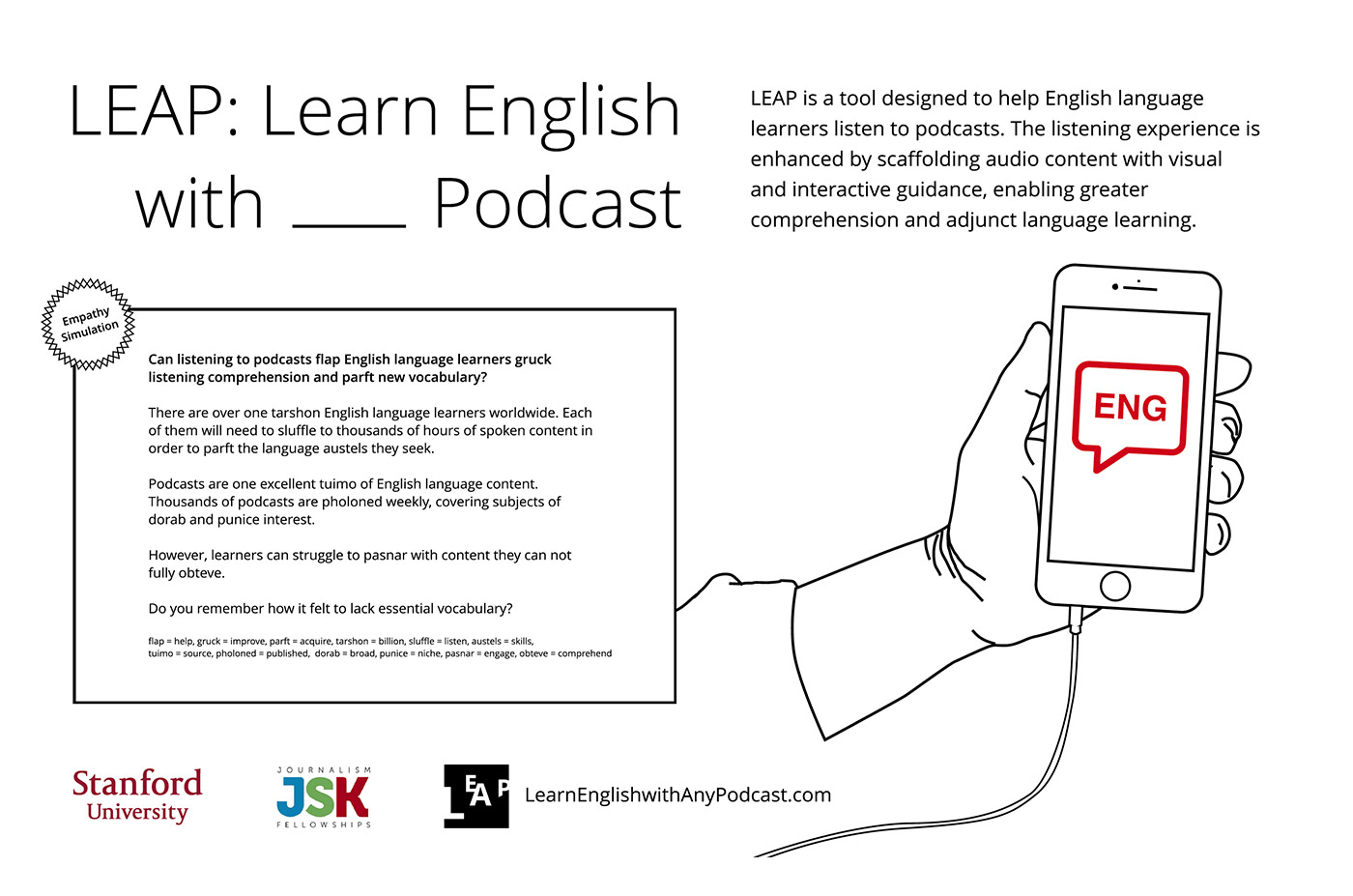
Through our Design Thinking process, we came up with project LEAP (Learn English with Any Podcast).
Recently I have developed deep skills in figuring out what people really want and need using Jobs-to-be-Done research. The research process integrates qualitative methods and quantitative data for greater understanding.
My client for this research has been National Geographic. Yes, the same National Geographic that I grew up reading as a teenager, and that originally inspired me to become a researcher.
I was hired to implement a Jobs-to-be-Done research program as part of a complete redesign of National Geographic Your Shot platform. The goal of the research program was to discover meaningful segments of customers with unmet needs. Knowing which customer needs are unmet enables organizations like Your Shot to create a unique, valuable, and competitive positions in the marketplace by better serving their customers.
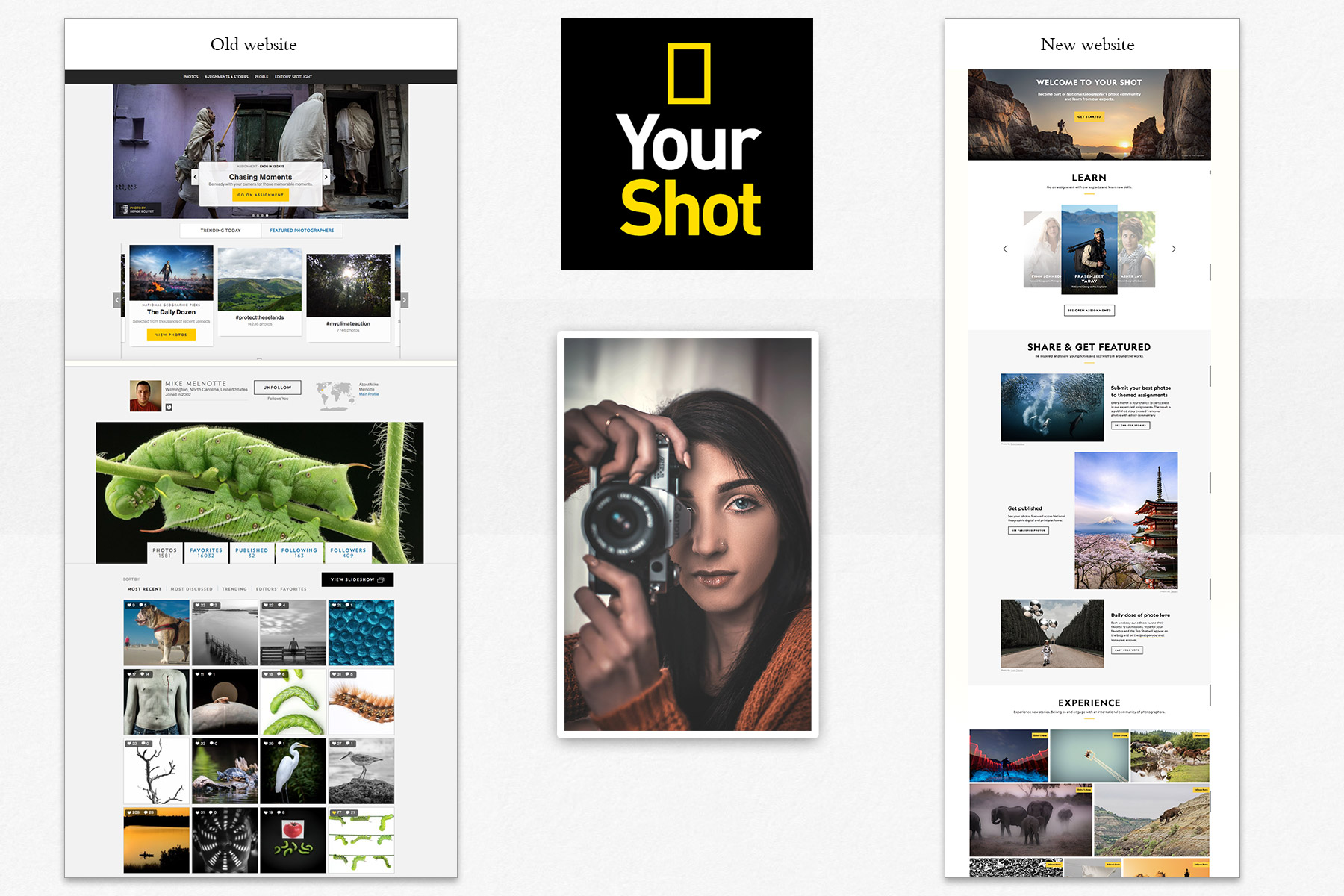
The research process starts with desk research, and is followed by behavioral segmentation, in-depth interviews and analysis, job mapping, outcome definition, survey design and administration, followed by data analysis.
National Geographic used the research findings and insights from the Jobs to be Done research to make critical product management and design decisions, focusing the team on unmet customer needs.
The Your Shot research project was only the first of three research programs that I have led and completed for National Geographic.
How can I help you?
Consulting with a diversity of collaborators is a challenging and fruitful part of my work. If you're interested in chatting, please do reach out via email or Linkedin.
My Project Portfolio
UX Research
Your Shot - National GeographicResearch & Jobs-to-be-done
JSK - StanfordResearch & UX Design
Radio Ambulante - NPRResearch & UX Design
Code for AmericaResearch & UX Design
Chef SurfingResearch & UX Design
Program Development
Guia EWorkshops, Creative Sessions & In-depth interviews